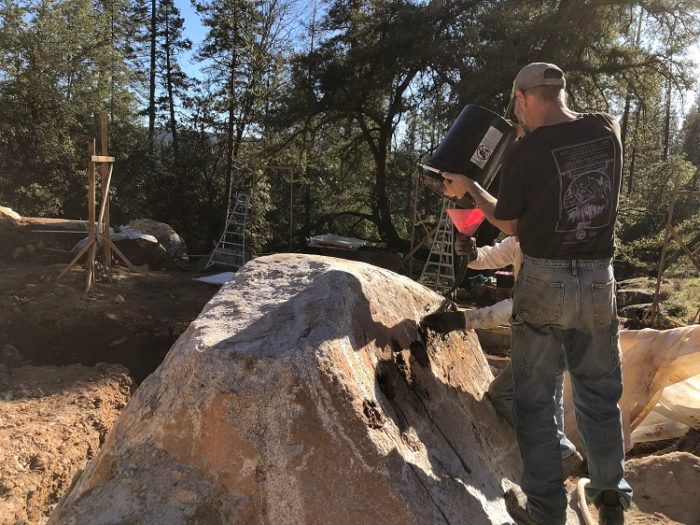
We had seen Dexpan used before. It is a mysterious powder that you mix into a batter and pour into a borehole in the rock. The mystery is how it can expand when it dries and how it can dry in a deep confined space, thus fracturing the rock.
Clyde had acquired a CP22 rock drill from an old miner friend but had not ever used it. He also has a large diesel compressor to run it. I ordered some drill steel and diamond bits and we got to drilling. Simply lay out a 12-in. grid where you want to cleave the granite, bore the holes, mix the Dexpan, fill holes, and wait 24 hours for the magic.

We had perfect results with the Shark’s Tooth and mixed results with the Thermal Bridge. The prescribed 24-hour dry time was too short for us but luckily by 36 hours we had good cracks. The Thermal Bridge probably could have been moved with the CAT 330 but we forgot about it after draining ourselves on the Shark’s Tooth and Basement Boulder last week. The fractures in the Thermal Bridge provided an escape route for the Dexpan pressure in some of the bore holes and the shape of the fractures formed a gravity trap that held it tight. It would not break apart as we had hoped.
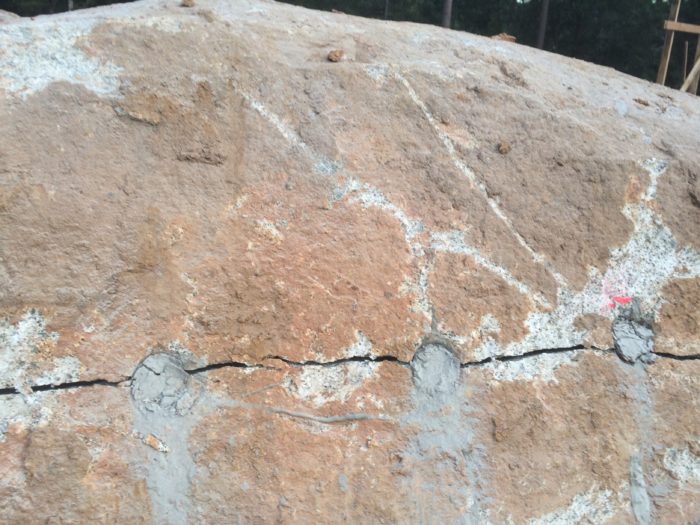
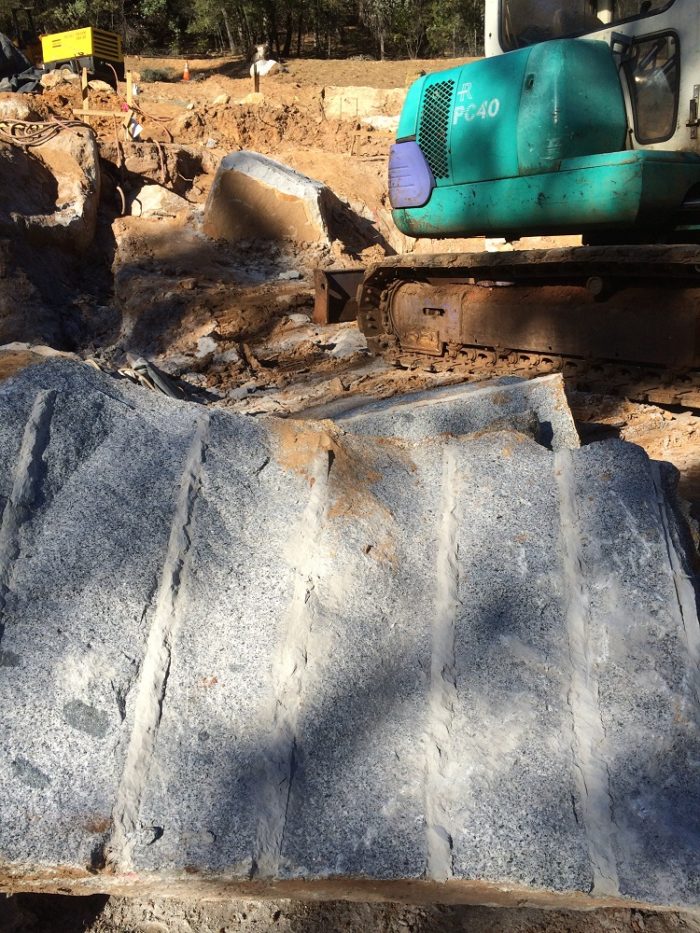
My foreman Todd hammered some steel wedges and finally developed the fractures enough to ‘break’ the Thermal Bridge! Now there is room for the continuous Rockwool insulation under the basement slab.
Fine Homebuilding Recommended Products
Fine Homebuilding receives a commission for items purchased through links on this site, including Amazon Associates and other affiliate advertising programs.

Plate Level

Smart String Line

Original Speed Square


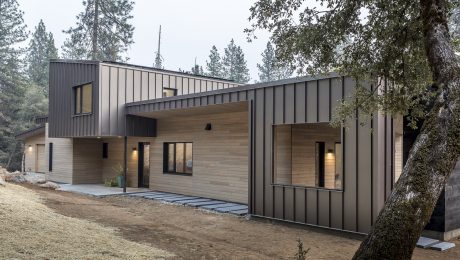
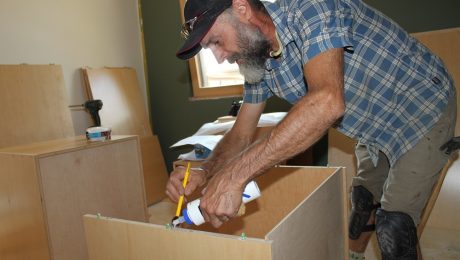

























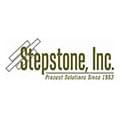










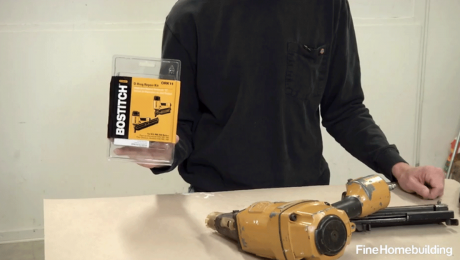
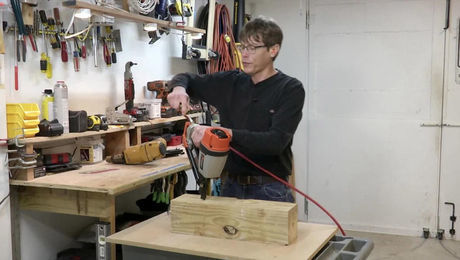
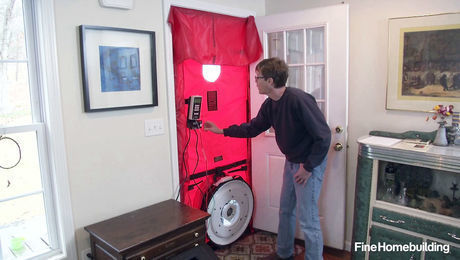













View Comments
"Thermal Bridge", Shark’s Tooth", and "Basement Boulder" . It's nice that y'all tagged the rocks with nicknames, although it does nothing for those of us unfamiliar with the excavation.
"Dexpan" is a trade name for a non-explosive demolition agent, as are "ECOBUST", "BETONAMIT", "Bustar", "THE CRACKER", "Bristar", etc.
All they are is an expansive grout (probably containing a high amount of gypsum). Most "non-shrink" grouts exhibit limited expansion as they begin to cure and then shrink back to the original volume as the cure completes.
Very Cool! Rock mechanics in action!
Good job you are doing here!
Good Job!
It's too good!
Nice job!